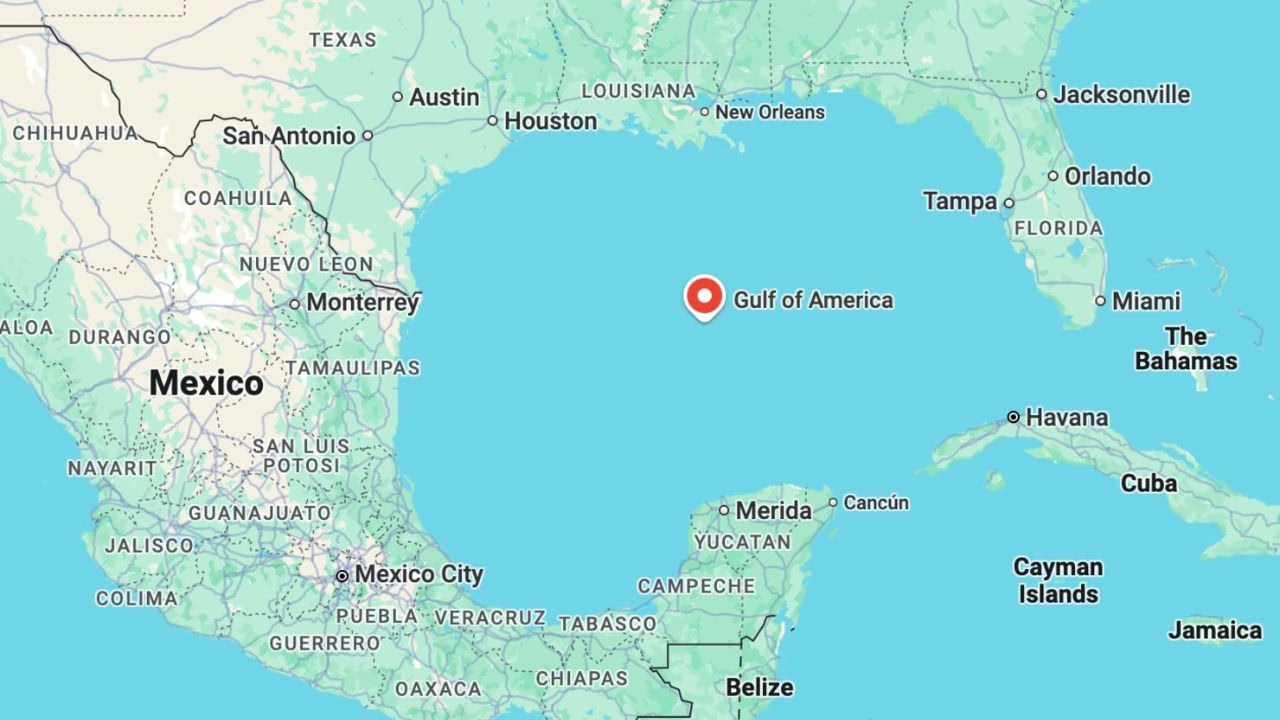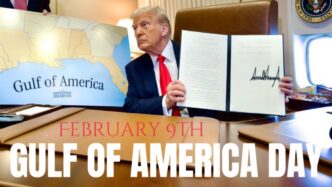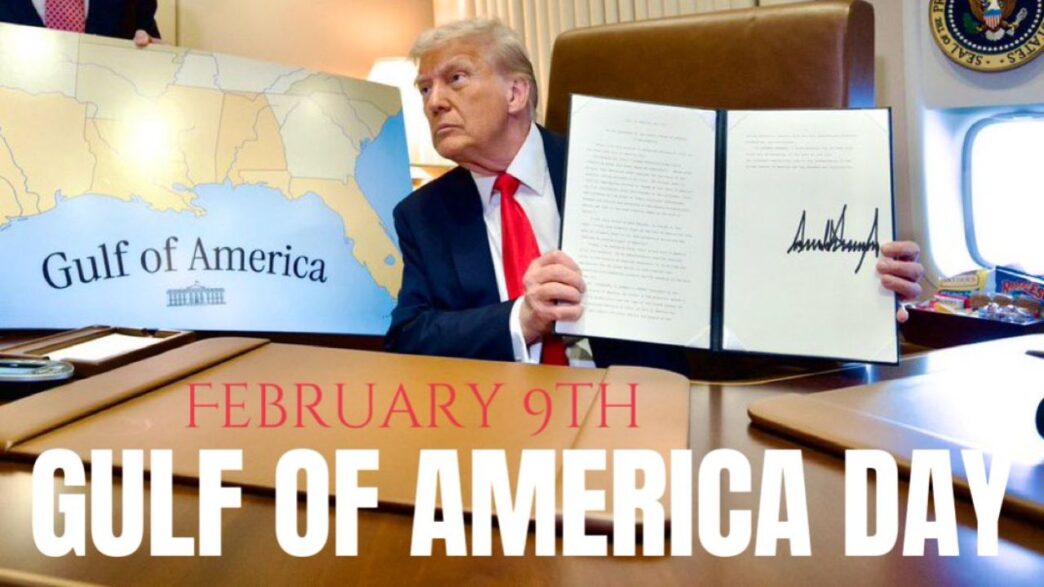In early 2025, Google Maps found itself at the center of a geopolitical controversy after renaming the Gulf of Mexico to the Gulf of America for users in the United States. This change, initiated by an executive order from President Donald Trump, aimed to reflect updates in the US Geographic Names System. However, the decision has sparked significant backlash, particularly from Mexico, and has raised questions about the role of tech companies in geopolitical disputes.
Background of the Controversy
The renaming was part of a broader effort by the Trump administration to prioritize nationalist symbolism. Alongside the Gulf of Mexico, the administration also restored the name of North America’s highest peak, Denali, to its former designation of Mount McKinley. These actions have reignited debates about historical and cultural naming conventions, with critics accusing the moves of unnecessary politicization and cultural erasure.
Mexico’s Response: Mexican President Claudia Sheinbaum has been vocal in her opposition to the change. She initially responded light-heartedly, suggesting that North America could be renamed ‘Mexican America’ in reference to an old regional map. However, her tone shifted as she considered potential legal action against Google, arguing that the renaming infringes on Mexico’s cultural and historical identity.
The President of Mexico, Claudia Sheinbaum, announces she will sue Google if they continue to label the Gulf of Mexico as the Gulf of America across its entire body of water.
She argues that Trump’s order to rename the region is only limited to the section under US control. pic.twitter.com/2aoocrCgU7
— Pop Base (@PopBase) February 17, 2025
Google’s Stance: Google has defended the renaming as part of its longstanding policy to reflect official name changes in government sources. The company has navigated similar geopolitical naming controversies in the past, such as labeling disputed waters as ‘Sea of Japan (East Sea)’ or ‘Persian Gulf (Arabian Gulf)’ in different regions. Google’s approach aims to balance local preferences with global clarity, but the Gulf of America change has proven particularly contentious.
Public Reaction and Review Bombing
The renaming sparked a wave of negative reviews and attempts to “review-bomb” the location on Google Maps. Users flooded the platform with one-star reviews and reports of mislabeling, leading Google to block further reviews and edits for the Gulf of America listing. The company cited its policy of implementing protections during times of anticipated abuse, highlighting its commitment to maintaining accurate and helpful content.
HAPPY GULF OF AMERICA DAY! 🇺🇸 pic.twitter.com/hFGMBRKh4S
— The White House (@WhiteHouse) February 9, 2025
While users in the US see the Gulf of America, those in Mexico continue to see the original name, and users elsewhere view both names side by side. This discrepancy underscores the complexities of managing geopolitical sensitivities on a global platform. The controversy has also highlighted the broader issue of how tech companies handle geographical naming disputes, particularly when they involve politically charged decisions.

The Google Maps controversy over the renaming of the Gulf of Mexico to the Gulf of America serves as a stark reminder of the interplay between technology, politics, and cultural identity. As digital platforms continue to shape our perception of the world, the way they handle geopolitical disputes will remain a critical area of debate and scrutiny. For now, the Gulf of America remains a contentious symbol of this ongoing dialogue.
What is Google Map's the Gulf of America Controversy?
The controversy involves the renaming of Gulf of Mexico; it was initiated by an executive order from President Donald Trump, which updated the official US Geographic Names System. Google Maps reflected this change as part of its policy to align with official government sources.
How has Mexico responded to the renaming?
Mexican President Claudia Sheinbaum has criticized the change, suggesting it infringes on Mexico's cultural and historical identity. She has even floated the idea of legal action against Google.
Why is the renaming of Gulf of Mexico controversial?
The controversy stems from the geopolitical implications of renaming a significant body of water, particularly one that is shared by multiple countries. Critics argue that the change is politically motivated and disregards historical and cultural sensitivities.
How has the public reacted to the change?
The renaming has sparked a wave of negative reviews and attempts to "review-bomb" the location on Google Maps. Users have expressed their disapproval by leaving one-star reviews and reporting the name as mislabeled.
What measures has Google taken in response to the backlash?
Google has blocked further reviews and edits for the Gulf of America listing on Google Maps, citing its policy to prevent abuse and maintain accurate content. The company has also removed some negative reviews that violated its content policies.
How does the renaming affect users outside the United States?
Users in Mexico continue to see the original name, Gulf of Mexico, while users elsewhere in the world see both names side by side. This approach aims to balance local preferences with global clarity.
Have other tech companies followed suit in renaming the Gulf of Mexico?
Yes, Apple Maps and Bing have also updated their maps to reflect the name change to the Gulf of America for US users. This consistency across platforms underscores the broader industry practice of aligning with official government sources.
Don’t Miss,

